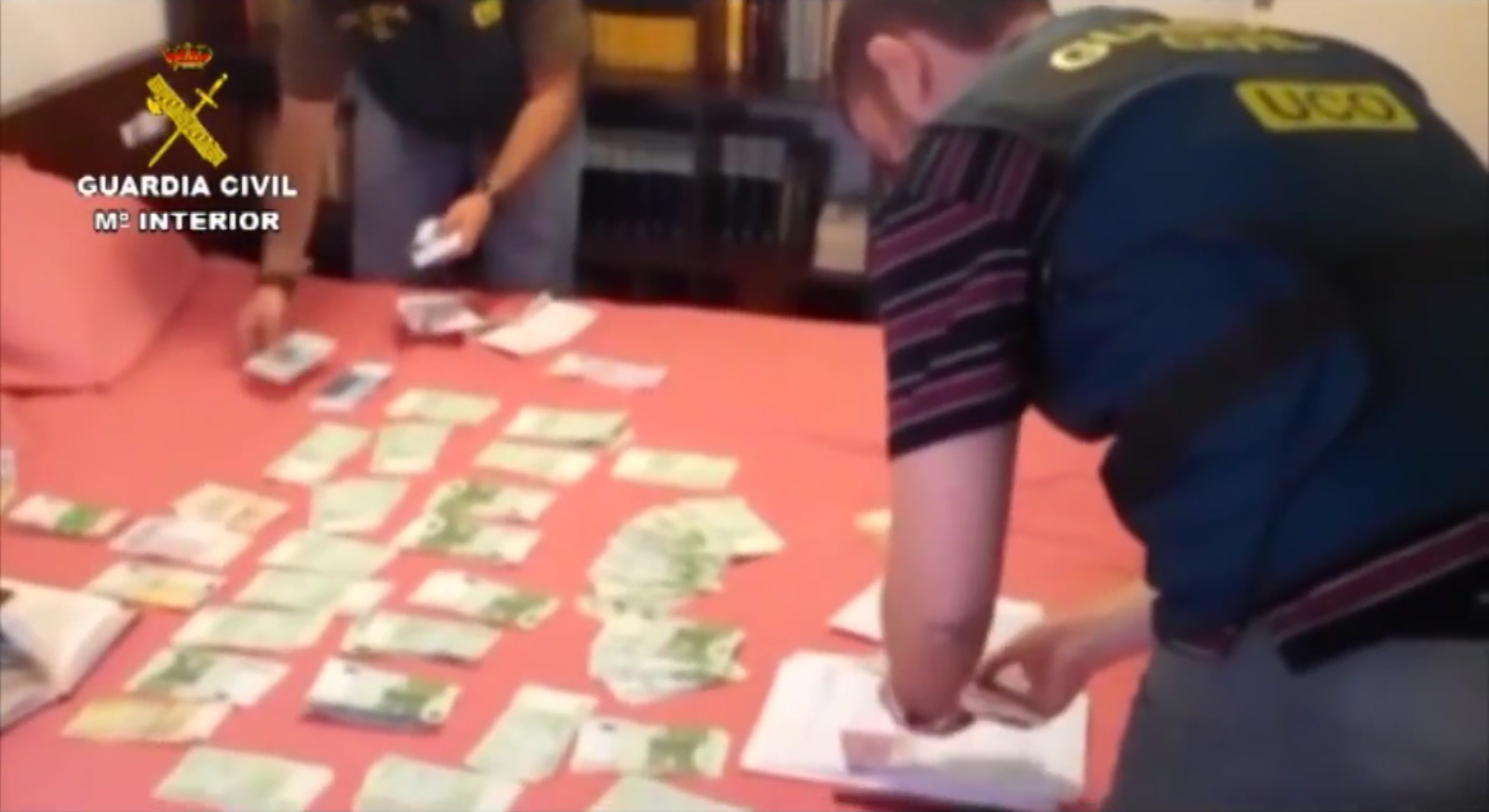Silent, from the background, without making a sound. But they have become a key, essential, essential piece in the fight against money laundering. These are the registrars (property and commercial). They are the first to raise their hands and give notice of any ‘suspicious’ operation.
Because we are talking about a ‘business’ that grows year after year. We are talking, according to official figures, of an economic movement that exceeds 140,000 million euros a year, more than 1% of the GDP of the entire European Union.
And the vast majority of operations seek to disguise themselves in business movements or in the purchase of properties. And the registrars have a key role in detecting ‘suspicious’ operations, screening those that have true solvency of illegality and passing the information to Sepblac, the National Police and the Civil Guard so that they channel the investigations.
On June 15 and 16, an international meeting of delegations from all European business registries and associations from Latin America, Asia and Africa will be held in Madrid. Its objective: to enhance the contribution of registrars to the fight against money laundering, organized crime and the financing of terrorism.
Two situations have drawn powerful attention in recent months. During the pandemic and the lockdown, laundering activity dropped considerably: they could not move and the movement of companies and the acquisition of properties also relaxed. But once the restrictions have been lifted, there has been an ‘uncorking’ or ‘docking’ effect and a sharp increase in ‘suspicious’ activities has been detected.
And now, the increase occurs and is linked to the Ukraine war. Since Putin started the war, suspected money laundering operations detected at European level have also grown. The activity of criminal groups has increased significantly because, according to specialists, the organized plots of Eastern countries are increasing their profits from the war.
In the last four years, more than 86,000 alarms have been issued from the records. Only in the year 2020, with the confinements for the Covid, fewer suspicious operations were registered. In 2018 there were 22,594; in 2019 they amounted to 31,798. In 2020 they fell to 24,951, but in 2021, the ‘uncorking’ effect raised the figure to 28,684.
In the case of the alerts detected from the commercial field, the majority have occurred in Madrid, Catalonia and Las Palmas de Gran Canaria. In the case of property, they focus more on Andalusia, Valencia, Madrid, Catalonia and the Balearic Islands, according to official data.
After the great operation against money laundering, Ballena Blanca, improved coordination systems were put in place to improve all systems and increase the capacity to detect money laundering operations. But they ran into an initial problem: “information overload.” It was unfeasible to send all suspicious operations directly to the Security Forces in charge of the fight against money laundering. And a “screening” system was put in place by the registrars, a “previous filter” to act with more precision.
And where do the alarms from the loggers arrive? To the Anti-Money Laundering Registry Center (CRAB), the centralized body for the prevention of money laundering and the financing of terrorism of the College of Registrars of Spain, which acts with full technical autonomy. It does not receive orders from the organs of the collegiate organization. At the head of the center, José Miguel Tabarés, who is also the vice-dean of the College of Registrars.
The main function of the center is to intensify and channel the collaboration of the registrars with the judicial, police and administrative authorities, responsible for the prevention and suppression of money laundering and the financing of terrorism, without prejudice to the direct responsibility of the registrars, and allowing a higher level of specialization in these tasks within the group.
The center carries out an integrated analysis of the indicative operations sent by the registrars, as well as those detected through the analysis of indexes and registry databases at the initiative of the center itself, or as a result of investigations opened by the competent authorities, and its referral, if applicable, to the Executive Service.
As Tabarés explains in conversation with EL MUNDO, the registry tool is key in detecting and prosecuting money laundering operations. He warns that organized crime is evolving more towards laundering its profits in the “digital world, displacing historical tax ‘havens’ in its priorities.”
The head of the Anti-Money Laundering Registry Center (CRAB) considers the congress to be held in Spain to be key, since it allows for the exchange of experiences between registrars throughout Europe and deepening relations with professionals from America, Asia and Africa. “The interconnection in Europe is already a fact. But we have to move forward and always improve our actions since the ‘bad guys’ always innovate and try to stay ahead.” Money laundering schemes are increasingly complex, he explains.
Because organized crime is one of the great concerns in the European Union. As they explain from Europol, in one year, criminals have earned almost 140,000 million euros in money related to crimes in the European Union, 1% of the EU’s GDP. More than the GDP of some of our Member States. Money used by criminals to pay intermediaries, straw men and hitmen.
Conforms to The Trust Project criteria
















